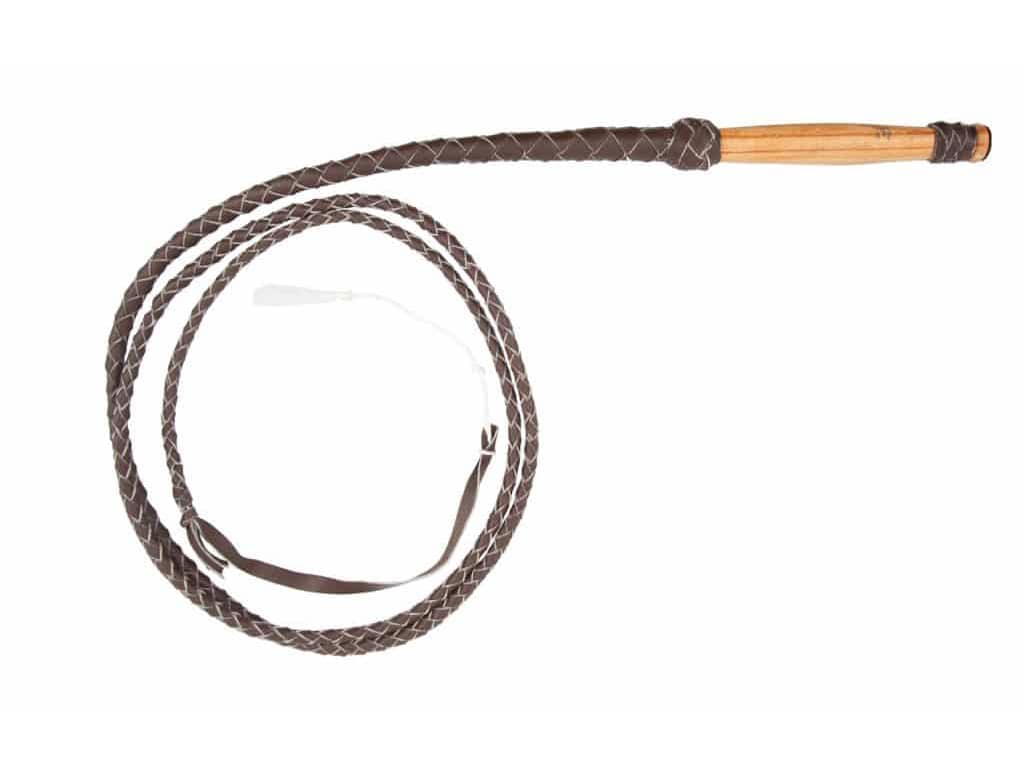Separating calves from their mothers is one of the most stressful periods of their lives, yet is necessary for important reasons. The good news is: there are simple techniques and strategies ranchers can use to ease this transition, which saves money for ranchers and stress for the animals and workers alike. In this regard, let’s examine some simple tips for sorting cows from calves during the weaning process.
Why Weaning is Necessary
The work cycle of a ranch revolves around the life cycle of their cattle; when it comes to weaning, the regular cycle comes in the fall season. Fall is the best time to wean because the calves are old enough to start transitioning to eating hay and grass (7-10 months old), and it gives their mothers enough time to rest until the next time they give birth, usually in the coming Spring.
Weaning is also necessary because if a calf isn’t weaned at 10 months, the mother cow’s milk will begin to be depleted of nutrients; this results in both the calf and the mother cow becoming malnourished and more susceptible to disease and illness. Weaning at the proper time ensures the calf and mother cow will be healthier and bigger, which saves and makes ranchers more money.
Dangers and Challenges of Weaning
As stated already, weaning is a very stressful time for calves, which if done abruptly and without thoughtfulness can cause calves to become so stressed that their immune systems may crash; this combined with not eating or drinking as much and walking aimlessly around bawling for their mothers can cause disease and illness to take hold.
The danger for ranchers is having to spend money on sick calves and/or loose them to death. The challenges of weaning include these dangers, as well as achieving the actual separation of the calves from their mother cows. The challenges of separating the calves smoothly and then treating and dealing with them afterwards can be time-consuming and expensive if not done properly.
Fence Line Weaning
This is a method of weaning ranchers use to make the process smoother for the calves and mothers. Basically, they’re still grazing in the same field and can still smell, see, and even touch each other, yet the fence separates them and prevents the calves from feeding.
Building a fence that successful separates the calf from feeding is the important aspect of this strategy. This may take some extra construction or different fencing than the rest of the fencing, yet can work to create a smoother transition during weaning.
Two-Step Weaning
This is another simple strategy used to make the weaning process smoother for calves. This involves placing a piece of plastic in the calves nostrils (takes about 2 seconds), which is specifically designed to block them from feeding from their mothers.
An article found on Agri Beef called: “Cattle Weaning – Why Do We Have to Wean Our Cattle?”, written on November 30, 2016, explains more:
“With this method, they can stay together through the weaning process. This technique is becoming more popular, with approximately 5-10% of ranchers in the Northwest using it.”
Basically, after about 4 days with this plastic blocker on the calves’ noses, they’ll be ready to be completely weaned from their mothers. When they’re finally separated, they’re already weaned off the milk, so the transition away from their mothers is much smoother – less bawling, aimless walking, and stress.
There’s a great video explaining this method produced by the Western College of Veterinary Medicine at the University of Saskatchewan. In the video are some testimonials from ranchers using the method and sharing the incredible results.
Other Tips for Smooth Weaning Process
Using some common sense and thoughtfulness in the weaning process can also make this stressful time go smoother. An article found on Purinamills.comcalled: “Smarter Weaning Practices Mean Bigger Profits”, gives more details with suggestions such as:
“Don’t rush the weaning process by shipping calves before they are fully weaned.
…Avoid performing too many other herd functions, such as dehorning and castration, during this critical period.
…Reduce parasites.
…Avoid dietary changes.
…make sure calves have adequate shade and water, and process them early in the day during hot weather.”
Another helpful tip is to develop a technique to separate the calves from their mothers using natural movements. In other words, work smarter not harder when it comes to the actual separation; this is demonstrated well in a video that shows a technique where the mother cows go down a run with a worker standing near, yet the calves (avoiding the worker) go under a shorter gate to the right into a separate pin running along the same direction. This technique uses their natural movements to separate them, decreasing the stress of the calves, mother cows, and workers.
Summary
Weaning is a necessary process ranchers have to accomplish every year around the fall. This process can be challenging and even dangerous for the calves, yet if these considerations and tips are used effectively, weaning can go a lot smoother and be less stressful.
U.S. Whip understands how important the weaning process is for ranchers; if prepared with the proper equipment and techniques, this process can be less stressful and more profitable for everyone involved. We’ve been helping stock handlers for over a hundred years be prepared with well-made equipment from the finest materials available – always made in the U.S.A. If interested in learning more please contact us today.







